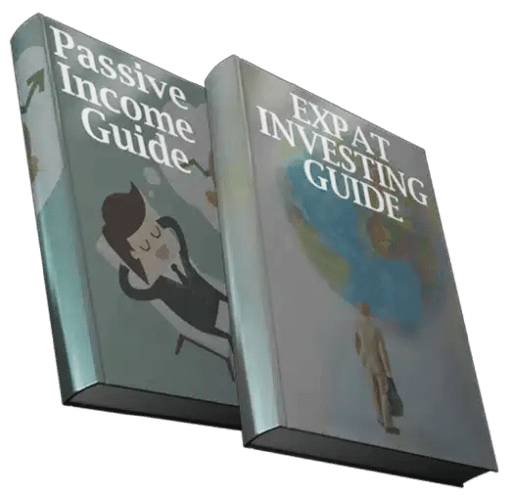I am delighted to announce my first zoom webinar of 2021 in a few days.
It will be held on Monday 11th. The times are:
- 19:00 Hong Kong time
- 20:00 Tokyo/Seoul
- 11:00 London time
- 06:00 New York time.
To convert to your local time use the following link.
In the webinar I will be discussing:
- Some of the challenges and opportunities for investors
- How the markets performed in 2020 and other assets
- The outlook for the stock markets and other assets in 2021
- Will some stock markets outperform in 2021, which previously have done badly, like the UK FTSE?
- Could we see technology outperforming again, especially in Asia?
- I will take reader and client questions.
- Could some currencies and commodities fall big?
- Are some individual names like Tesla overvalued?
If you want to attend, email me (advice@adamfayed.com) or use the WhatsApp function below.
If you would like to ask me some questions before the webinar, also don’t hesitate to reach out. I will do my best to address them.
The webinar will last about 30-40 minutes.



